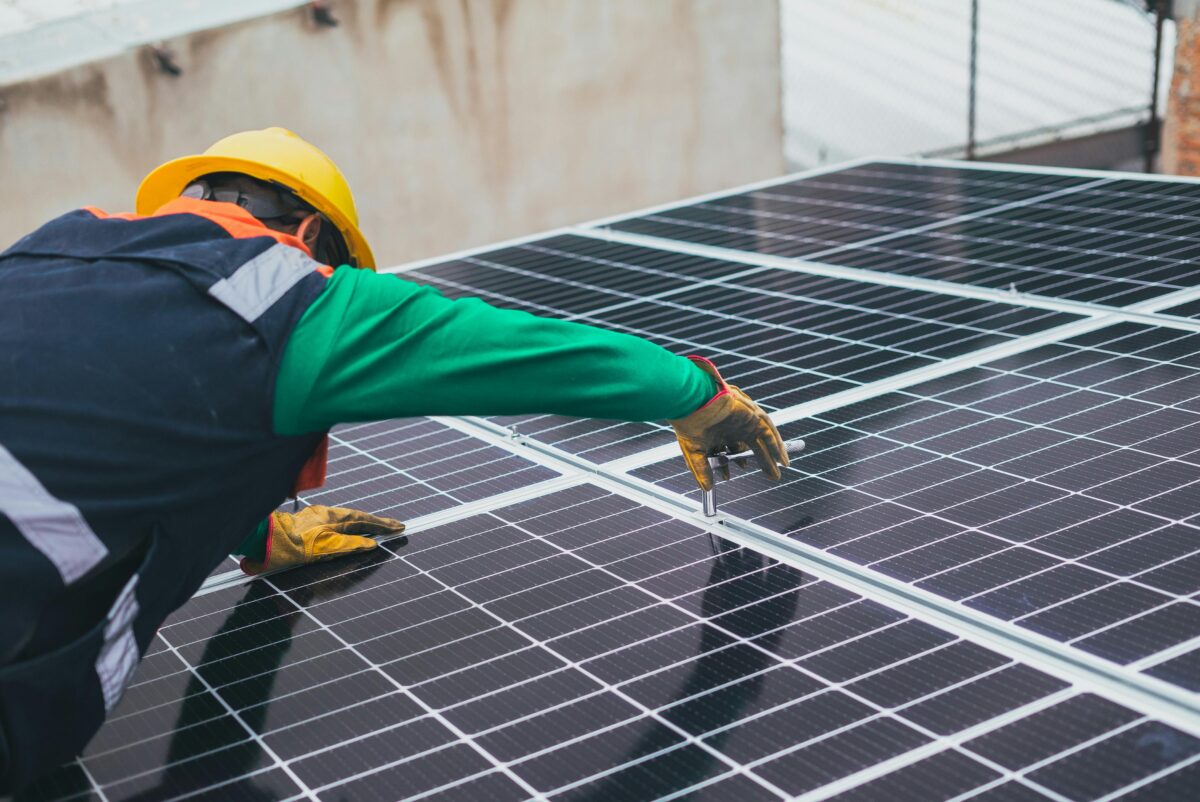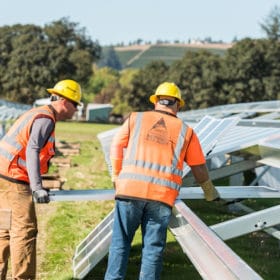On July 4th, 2025, President Trump signed H.R. 1 into law. The bill, also known as the “One Big Beautiful Bill Act,” contains a number of provisions relating to solar energy installations, including the cancellation of Section 25D tax credits at the end of 2025 and new timelines and restrictions for tax credits under Sections 45Y and 48E.
Experts who spoke with pv magazine USA provided details on what these provisions mean for residential solar companies and offered advice for what those companies can do to position their businesses for ongoing success.
In brief, they advise companies to focus on building current business with purchased systems, while carefully considering their options when it comes to working with third-party ownership providers in the future. They also say companies should work with expert advisors and build relationships with equipment suppliers that can provide assurances about the tax credit eligibility of products they carry.
With respect to the end of Section 25D, experts agree that the determination of whether a homeowner qualifies has shifted from the previous “placed in service” test to the bill’s new “expenditures made” test.
“If the homeowner pays for the installation in 2025, they could lock in the credit, even if the system is placed in service later,” said Bryen Alperin, Partner & Managing Director at Foss & Company.
Another important outcome of the bill is that residential installations under lease and power purchase agreements will continue to qualify for the Section 48E tax credits as long as certain conditions are met. These conditions have to do with three separate qualifying criteria:
- The date of the start of construction
- The date the system is placed in service
- The fraction of the cost of manufactured products used in a project that is attributable to materials mined, produced, or manufactured by a prohibited foreign entity
According to advice from Keith Martin, a partner and tax and project finance expert at law firm Norton Rose Fulbright, any solar project can qualify for the 48E tax credit if it is placed in service by the end of 2027. Additionally, solar projects that begin construction by July 4th, 2026 would still be eligible for the credit if the system is placed in service within four years after the year in which construction starts. With the proper planning, this could keep residential companies busy for years to come.
H.R. 1 codifies the current IRS rules for the beginning of construction under IRS Notices 2013–29 and 2018-59, both of which establish that project developers can qualify for the credits in a given tax year by either “starting physical work of a significant nature” or by “having paid or incurred five percent or more of the total cost” of the project.
The bill also leaves room for adjustments to those tests under “any subsequently issued guidance clarifying, modifying, or updating” the notices. Those changes may come sooner than many expected. On July 7th, 2025, President Trump signed an executive order that, among other things, directs the Secretary of the Treasury to issue such “new and revised guidance as the Secretary of the Treasury deems appropriate and consistent with applicable law to ensure that policies concerning the “beginning of construction” are not circumvented.”
While the outcome of such revised guidance is not yet known, Alperin has expressed concerns, saying “if the Treasury Department interprets the rules narrowly, projects that only passed the 5% spend test but haven’t made real physical progress could lose their credits. Developers should consider diversifying their safe-harbor strategies for a ‘multi prong’ approach, and prepare for any outcome.”
Importantly, the provisions described above apply to solar projects, but energy storage installations under Section 48E will continue to receive the full amount of the tax credit. This may lead third-party finance providers to offer separate finance structures for batteries only, and that residential solar installers could pivot toward making energy storage a much larger part of their business in the near future.
Experts advise that residential solar installers should carefully evaluate their options when considering working with third-party ownership (TPO) financing companies.
“Vet the TPO providers the same way they vet you,” said Dean Chiaravalloti, Chief Revenue Officer of Solar Insure, adding “ask how they’re handling reserves for O&M, inverter, solar panel and battery replacements.” He says installers should “build a balanced portfolio: multiple cash and loan options, and more than one TPO partner. That’s how you protect your business through the next cycle.”
The final major concern for solar installers regards what H.R. 1 refers to as “prohibited foreign entities,” commonly called “foreign entities of concern,” or FEOC for short. A prohibited foreign entity is an entity with ties to China, Russia, North Korea or Iran, as determined by the percentage of the entity owned by shareholders from one of these countries, among other factors.
For projects that begin construction in 2026, a solar project will not qualify for tax credits under Sections 45Y or 48E unless at least 40% of the value of all manufactured products used in a solar project must come from manufacturers that are not prohibited foreign entities. That percentage will increase by 5 percentage points per year until reaching a level of 60% for facilities that begin construction after December 31, 2029.
Energy storage installations have separate rules for the threshold percentage. The percentage is 55% for facilities that begin construction in 2026, and rises by 5% per year until reaching a level of 75% for projects that begin construction after 2029.
In practical terms, this means solar and energy storage installers must either qualify their projects under safe harbor provisions by beginning construction before the end of 2025 or find sources of products free from foreign influence. That will be challenging.
“As the FEOC thresholds and domestic content requirements are phasing in, there will be supply chain constraints,” said Alperin, who added “having the relationships to get access to equipment that clearly qualifies and getting those contracts in place will be important.” Chiaravalloti said “Demand will far outpace supply for these approved products. If you’re a contractor, start securing relationships now.”
Because of the complex nature of the law in question, getting the right advice and guidance is key. Alperin said “it’s going to be important to work with the right advisors—whether that’s attorneys or accountants—and make sure that you’re getting it right.”
This content is protected by copyright and may not be reused. If you want to cooperate with us and would like to reuse some of our content, please contact: editors@pv-magazine.com.









If my system is 3yrs old and have received the tax credit will I still be able to get tax credit for the full 7yrs?